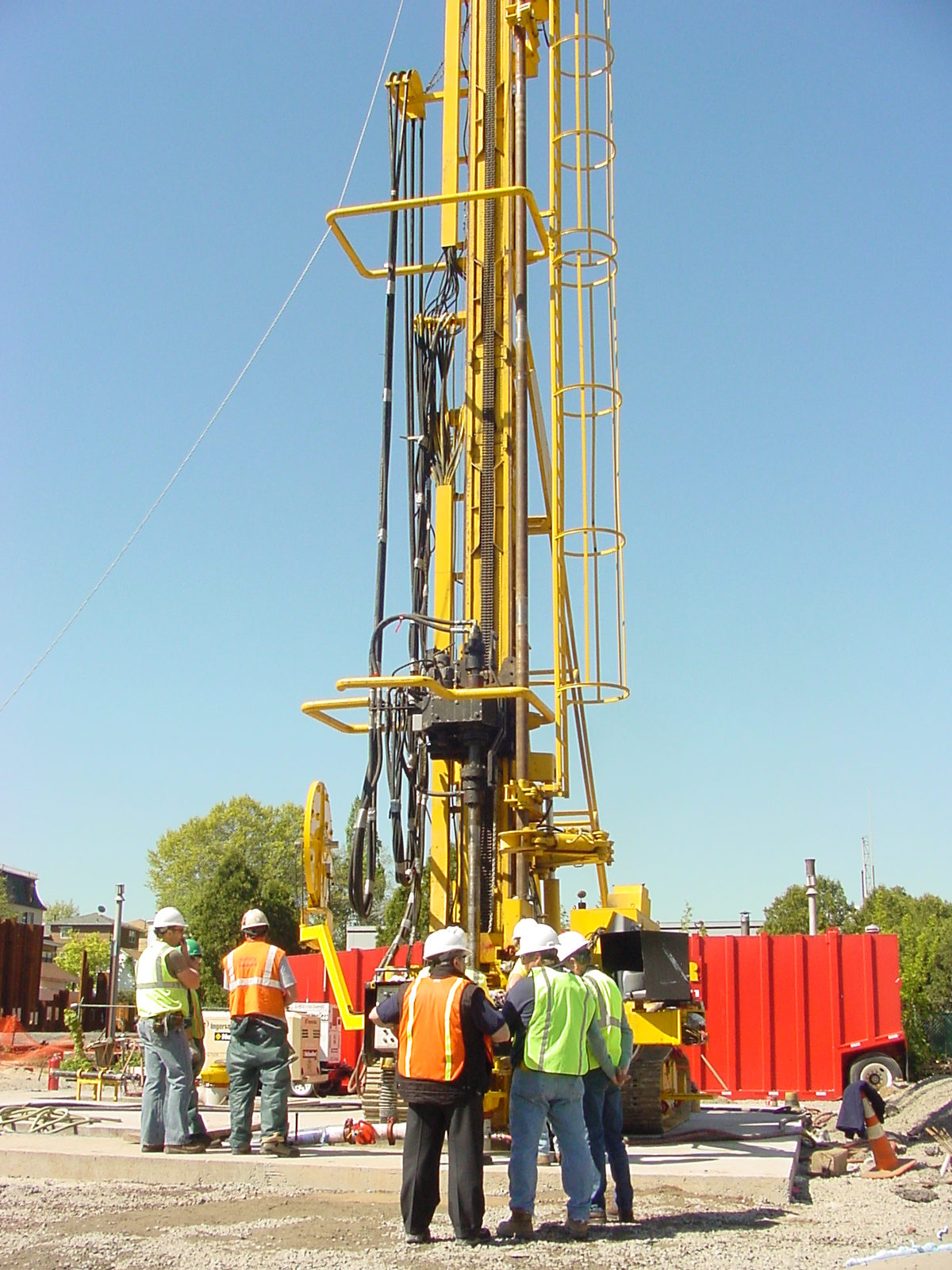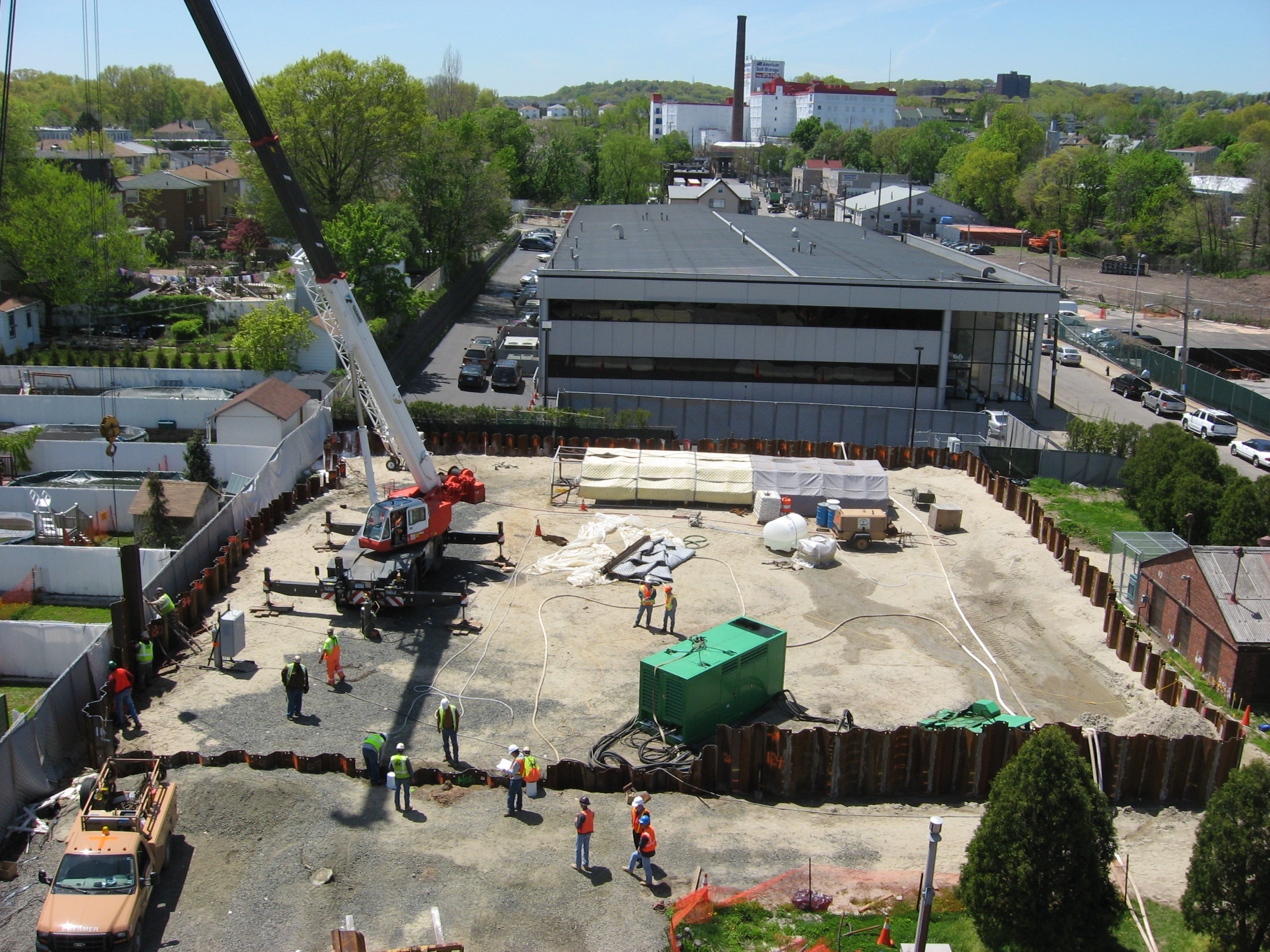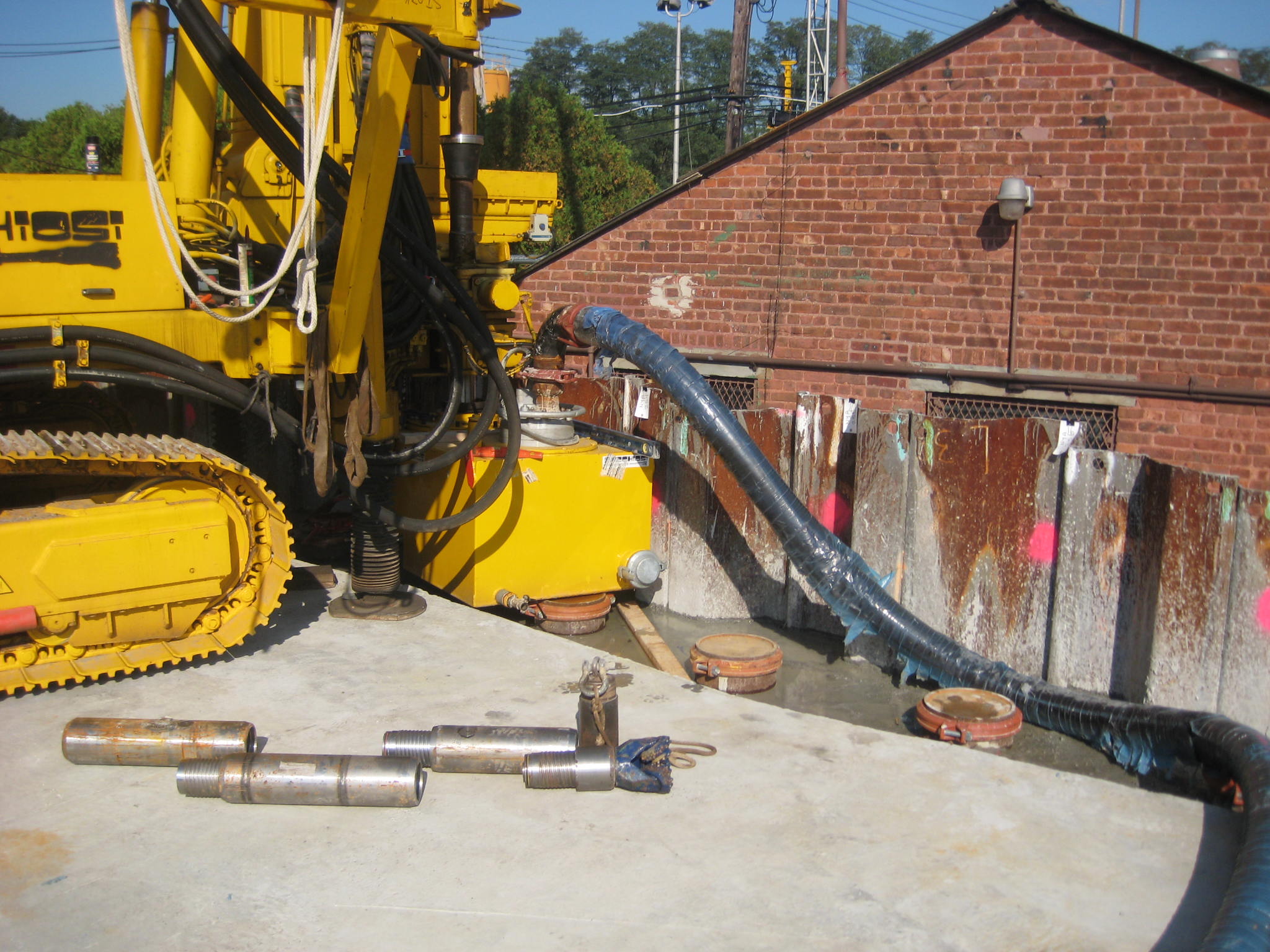CLIFTON
LOCATION: STATEN ISLAND, NEW YORK
CLIENT: CONFIDENTIAL
MARKET SECTOR: ENERGY UTILITY
SIZE: 4 ACRES




THE OPPORTUNITY
The Clifton Works Manufactured Gas Plant (MGP) Site operated in the 1800s and 1900s in Staten Island, New York. The Site included a 0.5 acre former gas holder parcel and 3.5 acre main MGP operations parcel. The confidential gas company entered into an Order of Consent with the New York State Department of Environmental Conservation (NYSDEC) for the remediation of the groundwater and soil contaminated by the MGP Site operations.
THE CHALLENGE
The Clifton Site is located in a densely populated area with commercial, railroad, and residential structures within feet of the contamination. The challenge for PS&S was to design and permit a containment system for the impacted soil and groundwater that could be readily installed without disturbing the adjacent residential and commercial structures.
THE PS&S SOLUTION
PS&S performed a feasibility study to evaluate the containment versus source removal of the contaminated soil at the gas holder parcel (Operable Unit # 1) and then gas operations parcel (Operable Unit # 2). Due to the adjacent property constraints and the densely populated area, a deep, mass excavation with off-site disposal of impacted soil was determined not to be feasible. Therefore, PS&S designed and permitted a 125-foot-deep, 400-foot-long composite dense non-aqueous phase liquid (DNAPL) migration barrier wall to contain the impacted soil and groundwater at the gas holder parcel. The top of the DNAPL Migration Barrier Wall was 35-foot-deep Waterloo BarrierTM interlocking steel sheet piling that overlapped with the lower jet grouted columns.
PS&S provided construction oversight and monitoring of the steel sheet piling. PS&S developed and implemented a pioneering noise/vibration mitigation plan including: real-time simultaneous noise monitoring at multiple locations; the use of acoustical fabric on property fences for noise suppression; two types of acoustical shields for pile driver noise suppression; a temporary noise barrier composed of sea containers with acoustical suppression fabric; real-time vibration monitors and a high frequency pile hammer for noise and vibration mitigation.
After the steel sheet piling was installed, 6-foot-diameter jet grouted columns were installed to a depth of 130 feet below ground surface (bgs). As the jet grouted columns were installed, PS&S collected representative samples of the cement-bentonite slurry to confirm the maximum permeability and minimum strength requirements. In addition, after the jet grouted columns was installed, PS&S performed a series of test borings and wells every 20 feet to collect undisturbed cement-bentonite slurry wall samples along the entire jet grouted column vertical profile to confirm that the design permeability of 1 x 10-8 centimeters per second was achieved and confirm the minimum 5-foot-deep embedment into the lower confining layer and a minimum 5-foot overlap with the steel sheet piling.
RELATED PROJECTS
DISCIPLINES INVOLVED
